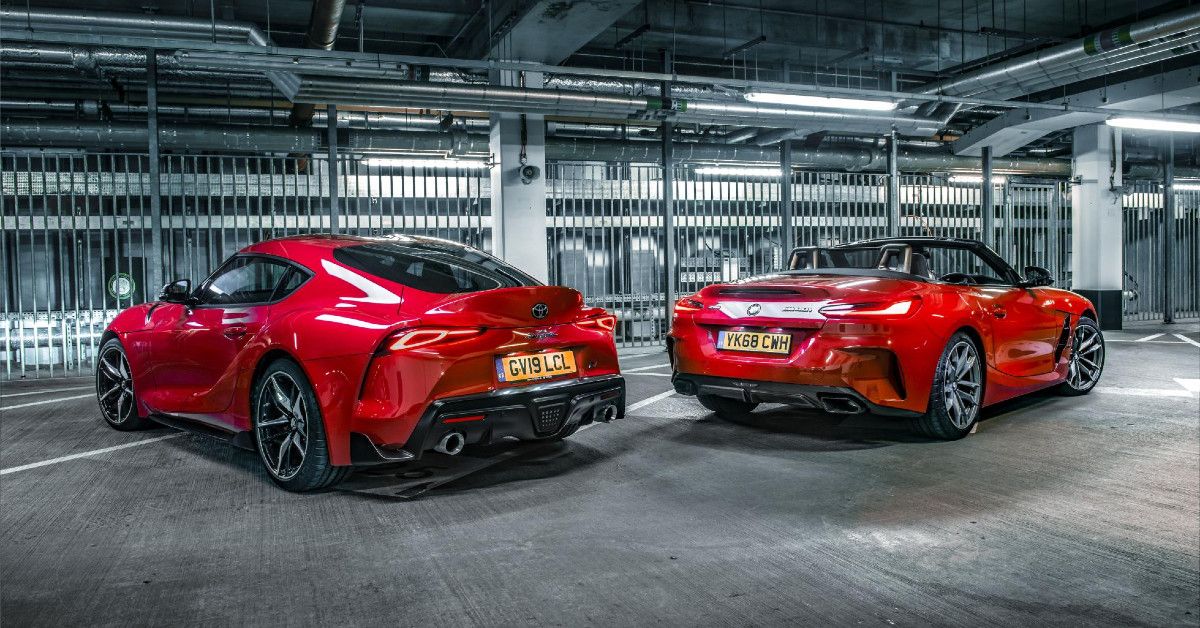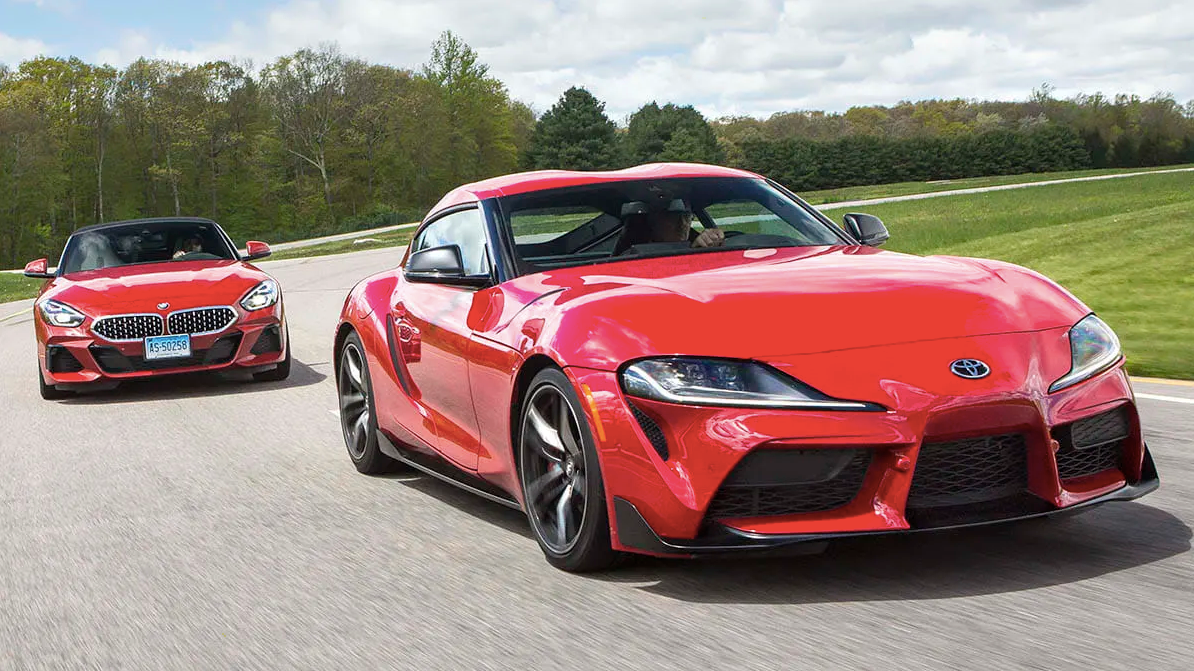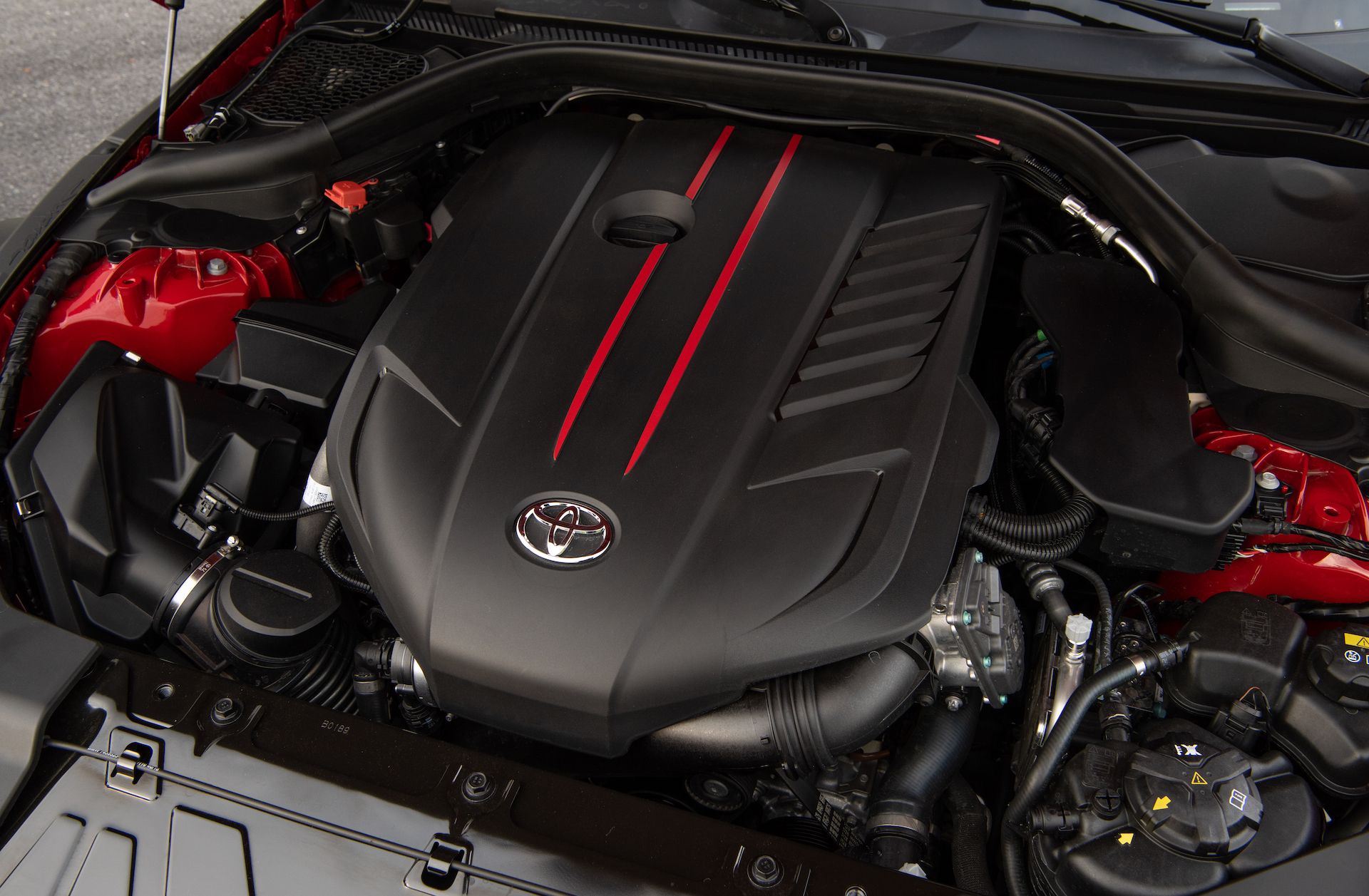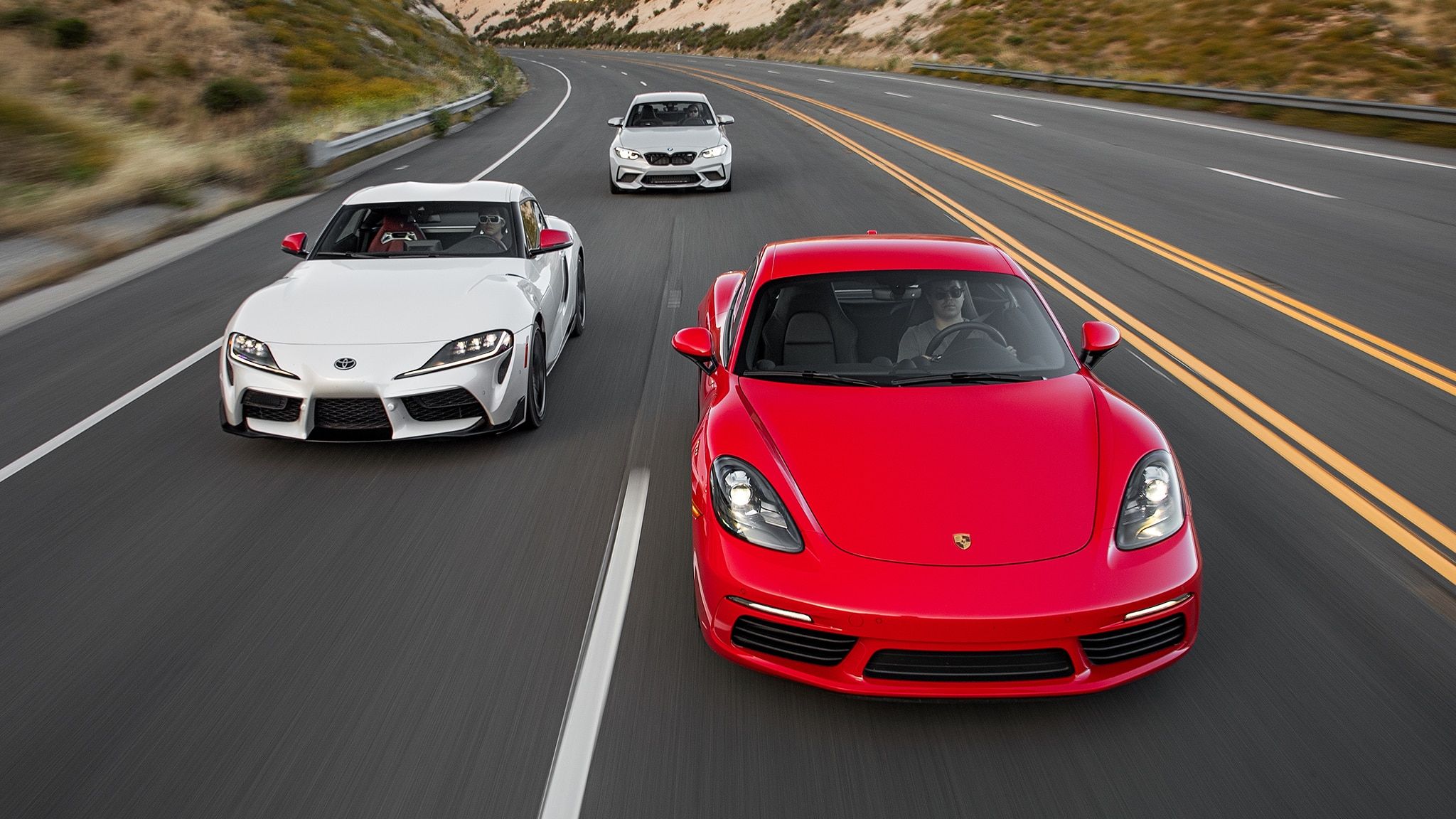When Toyota revived the Supra nameplate for the 2020 model year after 17 years on the shelf, fans of the original couldn't believe their eyes and ears. Finally, Toyota would build another awesome sports car—sorry, but the little coupe alternately known as the Toyota 86, Subaru BRZ, and Scion FR-S doesn't quite reach the same levels as the first four Supra generations.
Even before Toyota began loaning out the 2020 GR Supra for press testing, early spy shots revealed a car that looked aggressive, nimble, and sporty. ("GR," by the way, stands for "Gazoo Racing" which is Toyota's Europe-based motorsport division.) Now that the Supra has been available to the general public for over half a year, however, the sad truth is that far fewer seem to have hit the road than expected, and not just because of the coronavirus pandemic.
A wide range of factors has contributed to seriously question whether the Toyota Supra will become a solid entrant into the sports car market—and it all starts with BMW.
Sibling Rivalry
Toyota's attempt to revive the Supra comes down to a bit of marketing genius and a partnership with BMW, which actually produces the majority of the Supra, which is a sibling to the German brand's own Z4. The decision to get BMW involved became necessary for Toyota, since maintaining the Supra's inline-six motor was a crucial part of the marketing strategy. And BMW has been building inline-sixes for almost half a century.
Keeping the inline-six as part and parcel of the Supra's legacy goes back to the early generations, but especially the MkIV, which truly put the model on the map thanks to its insanely overengineered 2JZ-GTE engine. By the time the Fast and Furious franchise brought the Supra to the silver screen, tuners and modders had already fallen in love with the 2JZ-GTE, which was known to be capable of producing massive power without requiring complementary engine rebuilds to support the gains.
So, obviously, Toyota needed an inline-six and partnered with BMW to produce the new powerplant that would lurk under the car's svelte skin.
Power Ratings
From the factory, the inline-six-equipped Supra is rated at 335 horsepower, while the BMW Z4 in M40i spec is rated at up to 382. So, what gives? Well, BMW and Toyota reached an agreement so that the Z4 M40i, which is priced starting at $64,695, maintains an edge over the Supra for the 2020 model year (although the same can reportedly not be said for the 2021 year), which starts at the same cost as the base Z4, just under $50,000.
Under the hood, the same inline-six powers both cars, however—and on the interior, fans of Toyota might be confused to discover that the new Supra strongly resembles a German product, rather than a Japanese one. Meanwhile, the Supra's exterior can be better understood while looking at Lexus designs from the past five to ten years, rather than Toyota aesthetics.
All of the above adds to confusion on the part of potential Supra buyers, as they try to decipher what niche the Supra purports to occupy. Is it a sporty luxury vehicle or a luxurious sports car? Can it be both?
A Little Competition
Meanwhile, if the high-performance Z4 remains priced well above the 2020 Supra, the rest of the automotive marketplace is chock-full of competitors that offer similar or better performance, making consumers even more confused. After all, the Porsche Cayman costs just a little more, while the Ford Mustang Shelby GT350 is in the neighborhood, as well. And don't even ask about the BMW M2!
All of the above cars are, crucially, also available with manual transmissions, which the Supra has so far lacked. Rumors do swirl that a stick shift will become available in the future—but Toyota's early announcements that the Supra will receive a power bump for the inline-six and also a lower-spec inline-four variant for 2021 did not come along with the announcement of a third pedal.
Another curious development occurred after the new Supra hit the market—Car and Driver put one on a dynamometer and discovered that just like during the era of the "Gentleman's Agreement," this Japanese product was radically underrated from the factory. Instead of the claimed 335 horsepower and 365 lb-ft of torque advertised by Toyota, the 2020 Supra put down up to 339 horsepower and a mind-numbing 427 lb-ft of twist—at the wheels!
In the end, perhaps Toyota did a disservice to the new Supra by partnering with BMW in the first place. Of course, developing a new engine from scratch in-house would have cost a lot—but so does building a ton of cars that won't sell. Or maybe, on the other hand, Toyota should have just advertised the new Supra with the actual power figures it produces in real life, rather than hoping that consumers would do their own research once the press put the car through its paces.
All that remains to be seen is whether year-by-year revisions will be enough to help this revived legend earn the place it deserves in the pantheon of modern sports cars.
Sources: Toyota Gazoo Racing, Car and Driver, Jalopnik, and Wikipedia.




